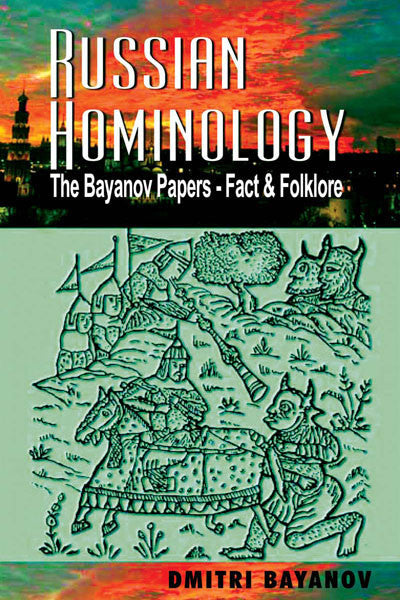

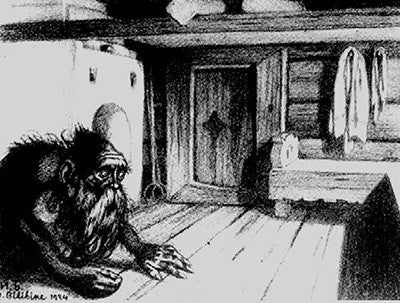
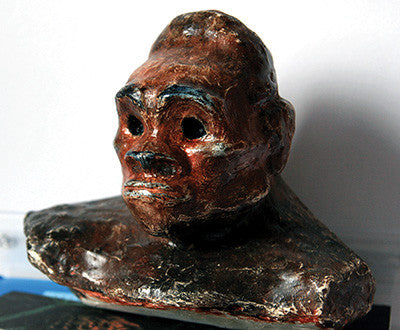
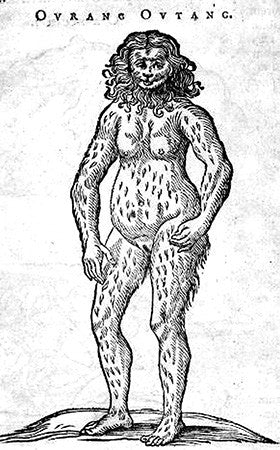
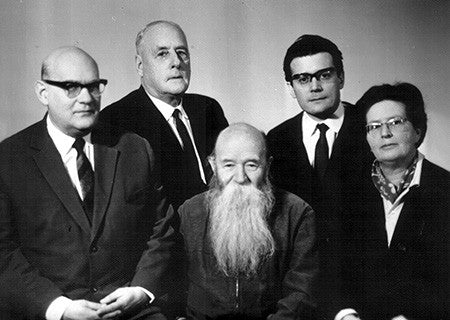
Russian Hominology: the Bayanov papers- fact & folklore
Details
By: Bayanov, Dmitri
ISBN: 978-0-88839-736-2
Binding: Trade Paper
Size: 8" X 5.5"
Pages: 204
Photos: 29
Illustrations: 6
Publication Date: 2016
New Hancock House Title!
Description
The fascinating collection of papers by Dmitri Bayanov, Russia’s leading hominologist, explores in detail, the connection between reports and evidence of living relict hominoids (Sasquatch, Bigfoot, Almasty) and the old-age folklore regarding human-like beings.
The stories from North America’s indigenous people, and those of Russian and other countries are compared and contrasted to what is now known as probable living relict hominoids. We are taken into the not-too-distant past when both men of science and the churce believed in the existence of being, not quite human. The information begs the question, “What came first- the actual beings or the folklore which documents their existence?”
This book, Russian Hominology, shares Bayanov’s findings.
In 1964 I met Professor Boris Porshnev, read his book The Present State of the Question of Relict Hominoids (416 pagesonly 180 copies printed by the ruling of the Soviet Academy of Sciences), and became a participant in the research, called since 1972, Hominology. My first Caucasus expedition, led by Marie-Jeanne Koffmann, was a great eye-opening event in my life. I realized then and there that Porshnev was right in saying that under the mythological names of devils, wood goblins, domovoys (brownies), etc., stood real beings! That transpired from the fact that local witnesses of hairy 'wildmen' called them interchangeably by corresponding ethnic names, such as almasty, kaptar, meshi adam, etc., as well as devils, shaitans, wood goblins, etc. I knew, as all people do, that in popular fairy-tales the names of animals bears, wolves, foxes, and so forth indicate imaginary mythological creatures, whose real counterparts exist in nature. In a Russian folk tale a bear walks on a wooden leg, and in another tale the cunning fox is riding on the back of the simpleton wolf. So the names of real beings are also used for mythological entities. To my great surprise I learned that people, living in much closer contact with nature than I was, used mythological names, such as wood goblin, for indicating hairy 'wild men' who they regarded as real. A local man said to Koffmann: There are wild goats, wild rams, wild hogs. Why shouldn't there be wild men? Indeed, why? Ah, simply because peasants call such hairy wildmen by the names goblins, devils, shaitans, etc. For educated people, for men of science especially, this means nothing but mythology. The main argument of academic opposition to Porshnev was that he took popular myths, the wood goblin myths in particular, for reality. Incidentally, academic opposition to the reality of bigfoot/sasquatch in North America is dead-bent on using the same argument. This set me to study folkloristics, demonology and the history of religion in order to fill in this shameful gap between the knowledge of common people and the ignorance of scholars. Soon I came up with the work In Defense of Devilry, claiming that there was a reality to devils, shaitans and wood goblins. The work couldn't be published in the Soviet Union with its restrictive and dogmatic ideology. It was published in 1991, the year of the Soviet Union's disintegration; the book's title changed to Wood Goblin Dubbed Monkey: A Comparative Study in Demonology. The work was based on the study of the ethnic folklore and demonology of many peoples of the former Soviet Union.
Among Professor Porshnev's many opponents, the toughest and fiercest was zoologist and paleontologist Professor Nikolai Vereshchagin (1908-2008), who called our research 'pseudoscience', and was most sarcastic and critical in his article, Wood Goblins of the 20th Century. I wrote about the battle waged by Vereshchagin and his colleagues against Porshnev and hominology in America's Bigfoot: Fact, Not Fiction (pages 100-106). So for laugh's sake, I sent him a copy of my demonology book, inscribed With Greetings from the Wood Goblins of the 20th Century, but never expected a response. To my surprise it did come, with the opening words, Dear Dmitri Yurievich [my patronymic name], I received your excellent book about devils the other day, and ending with, Thanks for the book. I wish you success. But in the middle of the message he bad-mouthed Porshnev again, calling him a paranoiac. As a result, it took me some time to explain to the professor that without Porshnev my excellent book could not have appeared, and that I wished the science world would have as many paranoiacs like Porshnev as possible. To make a long story short, we became friends and he stopped denying the reality of wood goblins, but did not become our ally in practice because of his age. He died in 2008, one month short of age 100. I take this conversion of the worst critic into a friend and supporter after reading my book and communicating with me as my major achievement in hominology. It shows that we could win over many scientists, who are critical or don't care about our research, if we could let them know the truth we possess instead of the misinformation they have from the tabloids and the rest of the mass media as well as direct lies in the books of dedicated debunkers. This point pertains in particular to this book because folklore makes up a large part of it. In 2009, U.S. anthropologist Kathy Moskowitz Strain kindly presented me with her large book Giants, Cannibals & Monsters: Bigfoot in Native Culture, which is a treasure-trove of North American Native folklore on what we call bigfoot and sasquatch. Naturally, I couldn't help examining it and learning from it the way I examined and learned from the similar folklore in Europe and Asia. The latter is presented in Chapter 1- Historical Evidence for the Existence of Relict Hominoids (a paper written for The Relict Hominoid Inquiry Internet site); the former in Chapter 2- Learning from Folklore, a paper that along with others (Chapters 3 to 7) did not make their way into my book Bigfoot Research: The Russian Vision. The last part is devoted to material by Marie-Jeanne Koffmann whose exchanges with Professor Valeri Avdeyev in the 1960s press sound very topical today. Her paper on the ecology of almasty presents the strictly factual aspect of hominology equally dealt with in this book.Professor Porshnev believed that our research would bring a revolution in science. I hope to live to witness it.
Author Biography